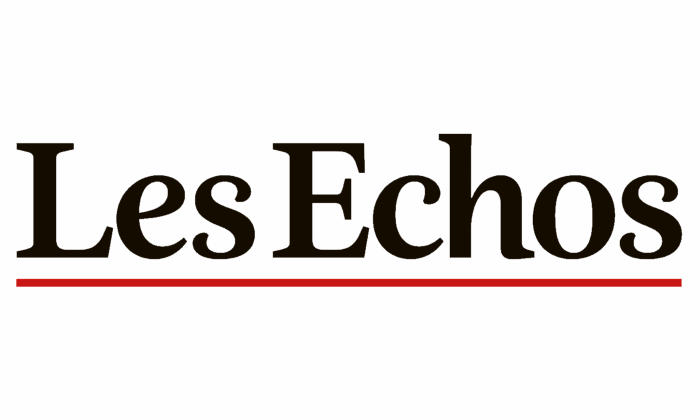Published in L’Opinion, Tuesday, September 23
The response to income inequality cannot consist of endlessly fixing the symptoms through ever-greater redistribution. The real challenge for France is to address the root causes, starting with the excessively low employment rate.
The attention that should, with utmost seriousness, be devoted in France today to stabilizing our public debt ratio is temporarily diverted toward the issue of income equality and tax justice. Beyond the fact that even greater redistribution would only marginally address the debt problem in the short term—and could worsen it in the medium term for the reasons described below—it is important to carefully examine income inequality in France and to understand its dynamics, both before and after redistribution.
To this end, the Gini index is one of the key reference tools: the higher it is, the greater the income inequality; the lower it is, the more equal the distribution.
When comparing the following countries—the United States, the United Kingdom, Germany, Spain, Italy, Sweden, and France—before redistribution, France shows a Gini index of 0.49, higher than the average of the three most equal countries in the sample (0.453), and lower than the average of the three most unequal (0.517). Concretely, the gap between France and the most equal countries is +0.037, while the gap with the most unequal is –0.027. This places France among the countries where, before taxes and transfers, income disparities are relatively pronounced.
After redistribution, the picture is very different. The Gini index drops to 0.290, close to the average of the three most equal countries (0.270) and well below that of the three most unequal (0.353). The gap thus narrows significantly to +0.020 compared to the most equal countries, while widening sharply to –0.063 compared to the most unequal. This reflects the massive impact of France’s public transfers and redistributive system. After redistribution, France ranks among countries with relatively low income inequality.
Three key observations must be made to establish a relevant diagnosis for effective and fair action.
First observation: although France shows fairly strong income inequality before redistribution, it ends up among the less unequal countries after redistribution. Other measures of inequality confirm this result.
Second observation: the pre-redistribution situation is largely due to a relatively low employment rate. The Gini index includes the incomes of the unemployed and inactive. In France, a larger share of the working-age population than elsewhere is not employed—particularly among young people and those aged 60–65. This weighs on the measurement of initial inequality.
Third observation: redistribution—one of the strongest in the OECD—significantly corrects these gaps, ensuring necessary social cohesion. But at this level, our very high redistribution rate fuels a vicious circle. The lower the employment rate, the greater the pre-redistribution inequality. The more massive redistribution must be to correct it. But the more redistribution rises, the heavier the tax and social contribution burden becomes, weighing on business competitiveness and reducing work attractiveness. This mechanism, in turn, feeds a structurally low employment rate.
The response cannot therefore consist of endlessly repairing the symptoms through ever-greater redistribution. This cannot be a sustainable strategy. The real challenge for France is to address the root causes, starting with the excessively low employment rate. A significant increase in the activity rate, whether for young people or seniors, would radically change the situation. It would simultaneously reduce income inequality before redistribution, strengthen growth potential, and relieve public finances. According to very cautious estimates, raising the employment rate to Germany’s level (taking into account the lower productivity of new labor market entrants and differences in part-time work) could cut France’s primary public deficit in half.
Redistribution in France is therefore an essential instrument of solidarity. But it acts as a palliative, not as a preventive remedy. To avoid endlessly locking into the vicious circle of low employment – inequality – reinforced redistribution – further loss of business competitiveness and work attractiveness – low employment, the country must sustainably raise its employment rate. This is one of the key conditions for ensuring social cohesion in a sustainable way, with lower income inequality even before redistribution, preventing our GDP per capita from regularly lagging behind that of our neighbors, and giving our public finances a much better chance of consolidation. Misdiagnosing the issue by focusing solely on redistribution would inexorably damage both the economy and the social fabric.
Olivier Klein is Professor of Economics at HEC.

